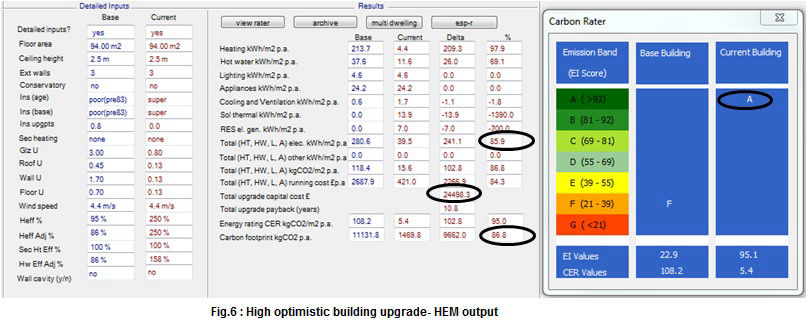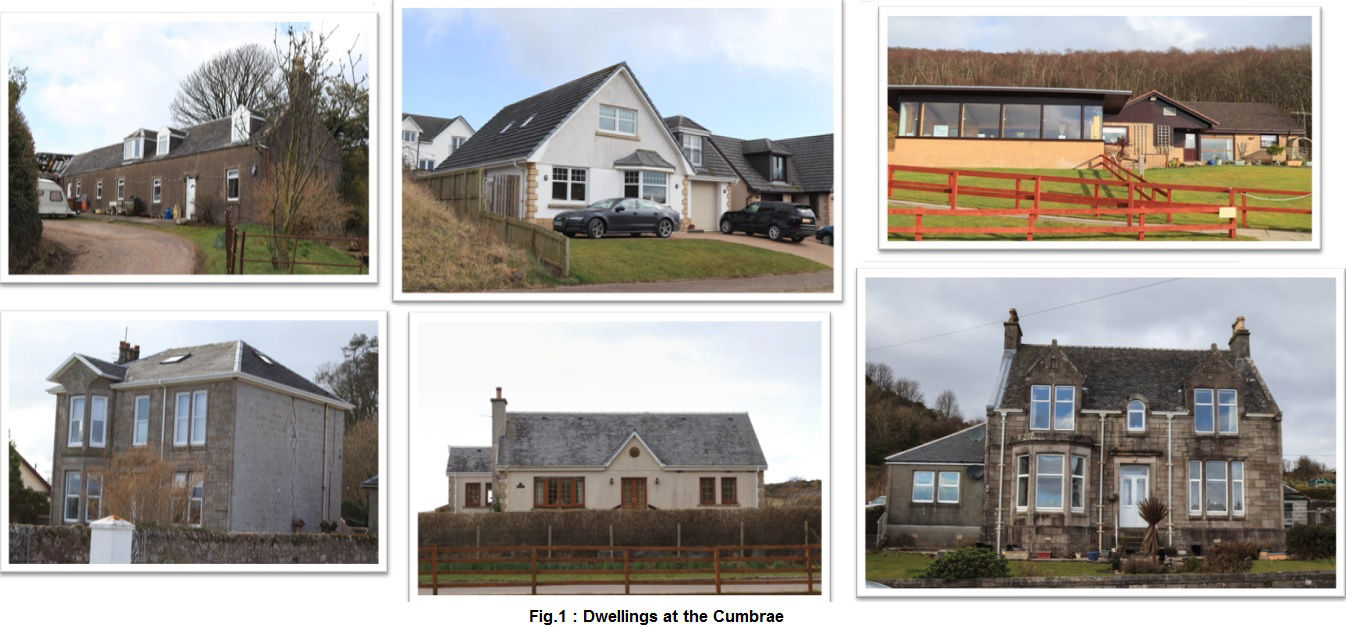
Housing upgrades are consider as the one of the effective way to reduce the current demand. By reducing the demand in each dwellings, one can save a large portion of the money spent for the electricity. Also, overall reduction in the electricity load at the island will reduce the capital investment on the renewables to meet the demand. Here, we are suggesting some of the techniques that can be implemented on the dwellings at the Cumbrae. The following analysis are a high level optimistic analysis, and we haven't done a detailed anaysis on the each individual dwellings.
There are several types of houses available in the Isle of Cumbrae. Some of these are shown in the figure 1. There are over 1300 dwellings are available and majority of them are old,builit on stones.

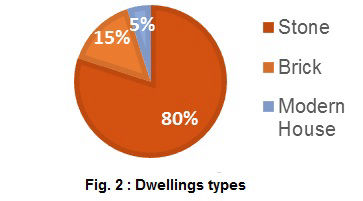
We visited Cumbrae to understand more about the island and study about the dwellings in the island. Based on the conversation with the natives of Cumbrae, 80% of the dwellings are made of stone. The 15% of them are made of brick and remainings are modern buildings. Figure 2 shows the different category dwellings based on the material used for the construction.

Also, based on the Millport Conservation Area Appraisal document (prepared by North Ayrshire Council) more than 60% of dwellings use electricity for space heating as well as cooking. The remaining of them are using either oil or gas for heating purpose. The main fuel types at the Isle of Cumbrae is given in figure 3.
From the above dwellings, we selected two types which are more typical at the island, and then, its main features are identified. The figure 4 shows the type 1 and type 2 dwelling category as well as some of its characteristics.
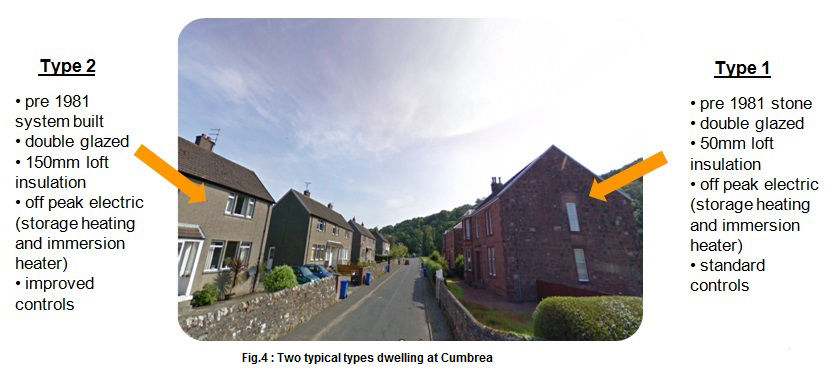
Later, we used the software HEM to understand possible improvements and its effect on the demand. The thermal energy performance of domestic buildings is determined to a large degree by the insulation of the building envelope. Hence, by improving the current insulation, a decent amount of electricity used for the space heating can be saved. Thus we proposing insulation upgrade to 300mm from the current standards. Some of the other techniques identified to be useful on the island are installing a heat pump and thermal store, improve the current controls in the dwellings, and use ventilation system for air quality.
As a result of introducing these improvements in the selected two types of dwellings, we achieved a reduction of more than 60% in the demand of a dwelling, and it is shown in figure 5.
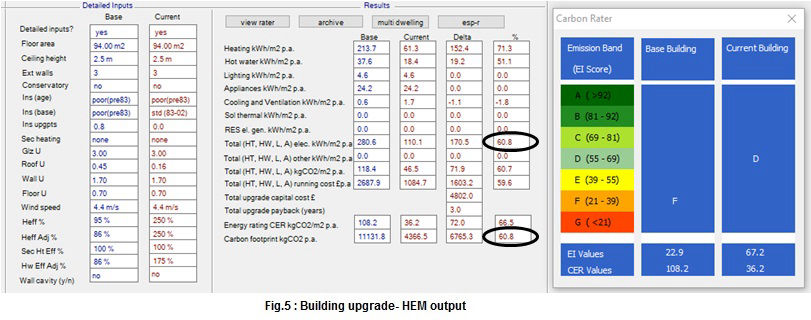
Based on figure 2 and figure 3, we assumed around 50 % of the total dwellings are made from these two types. Thus, by considering the fact that all of the identified dwellings may not able to upgrade as per our suggestions, we assume an overall reduction of around 25% in island's current electricity demand.
Also, we consider some of the further upgrade options such as improving to Passivhaus standards or EnerPHit standards. In addition, installing renewables such as solar thermal or PV at individual dwellings. These improvements resulted in the overall reduction of more than 80% of current demand, and it is shown in figure 6.
However, as these improvements require major interventions, it may not feasible in reality, and hence, not considered in our models.
